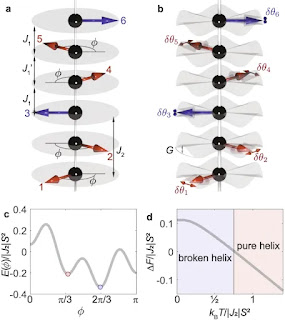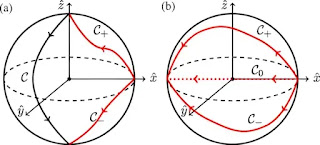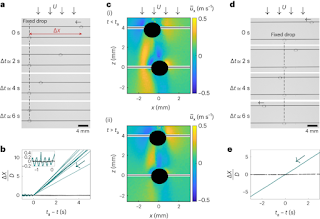Posts
Showing posts from August, 2023
Synergistic Integration of Triboelectric Mechanisms and Dual-Sensory Fusion in a Self-Powered System for Economically Efficient Discrimination of Liquids
- Get link
- X
- Other Apps
Cosmic Chemistry Unveiled - The Genesis of Methyl Cations in Protoplanetary Disk Photochemistry
- Get link
- X
- Other Apps
Tailoring Phonon Polariton Dispersion through Van der Waals Isotope Heterostructures - A Paradigm for Precise Engineering
- Get link
- X
- Other Apps
Navigating the Enigmatic Realm of Unconventional Magnetic Order within Potential Axion Insulators Utilizing the Profound Tool of Resonant Elastic X-ray Scattering
- Get link
- X
- Other Apps
Exploring Spin-Dependent Strong Light-Matter Coupling in a Quantum Hall 2D Hole Gas-Microcavity System - Novel Polaritonic Phenomena - Unveiling New Avenues in Polariton Physics
- Get link
- X
- Other Apps
Sub-4 K Cryogenic Mastery through Laser-Induced Forced Evaporative Cooling of Molecular Anions - Pioneering Quantum Control at Ultralow Temperatures
- Get link
- X
- Other Apps
Unraveling Complexity - Long-lived Quantum State Offers Insight into Radioactive Nuclei Mystery
- Get link
- X
- Other Apps
Emergence of a Paradigm-Shifting Quantum Computing Model through Disruptive Hardware Innovations
- Get link
- X
- Other Apps
Aerohydrodynamical Coupling Phenomena in the Quiescent Interaction Paradigm of Drops upon Aligned Fibrous Assemblages - A Multifaceted Inquiry into Interfacial Dynamics
- Get link
- X
- Other Apps
Exploring Non-Hermitian Symmetry-Breaking Mechanisms for Exquisite Absorption-Transparency Interplay in Perfect Zero-Reflection Magnonics
- Get link
- X
- Other Apps
Quantum Interactions of Dual Photons with a Singular Two-Level Atom -An In-Depth Exploration
- Get link
- X
- Other Apps










